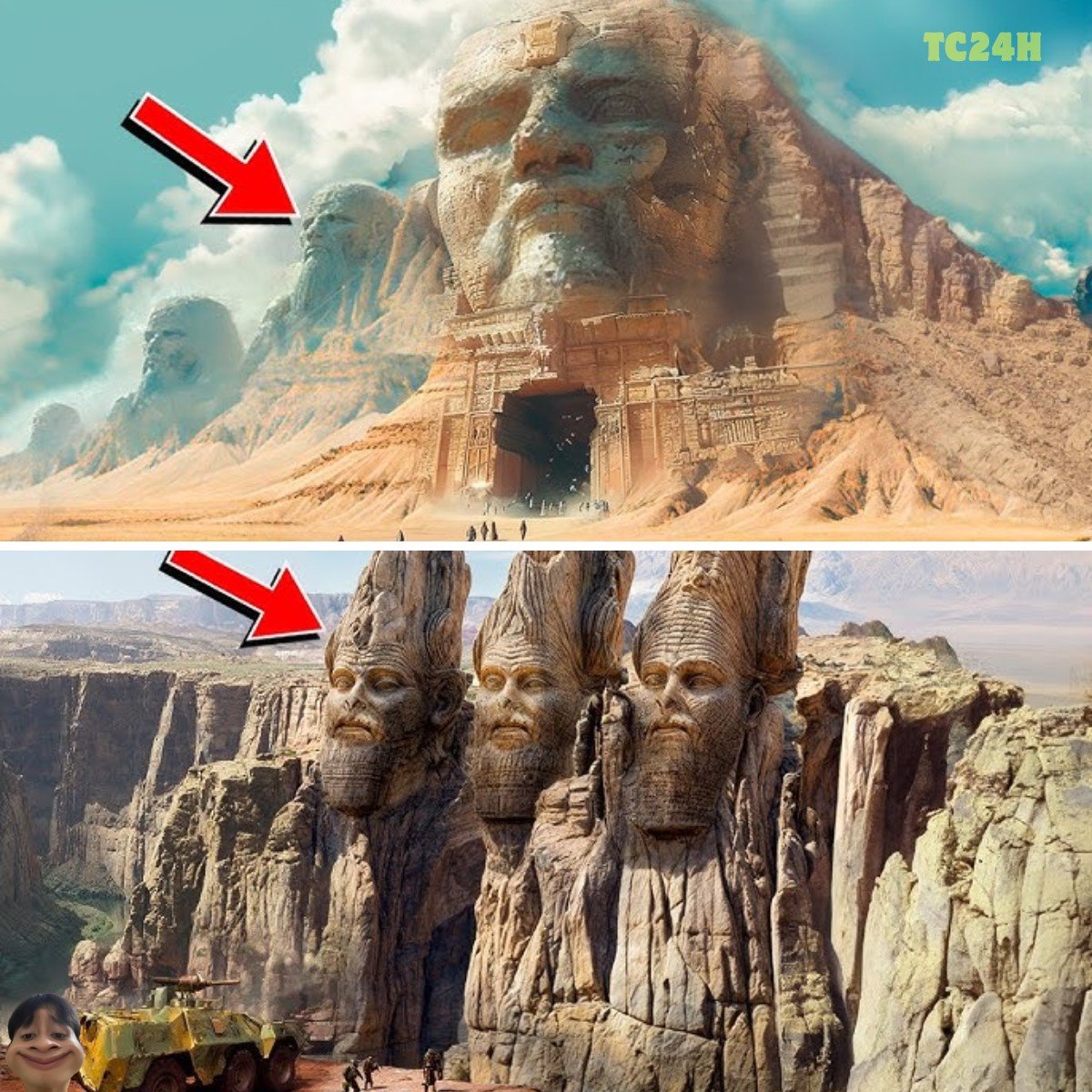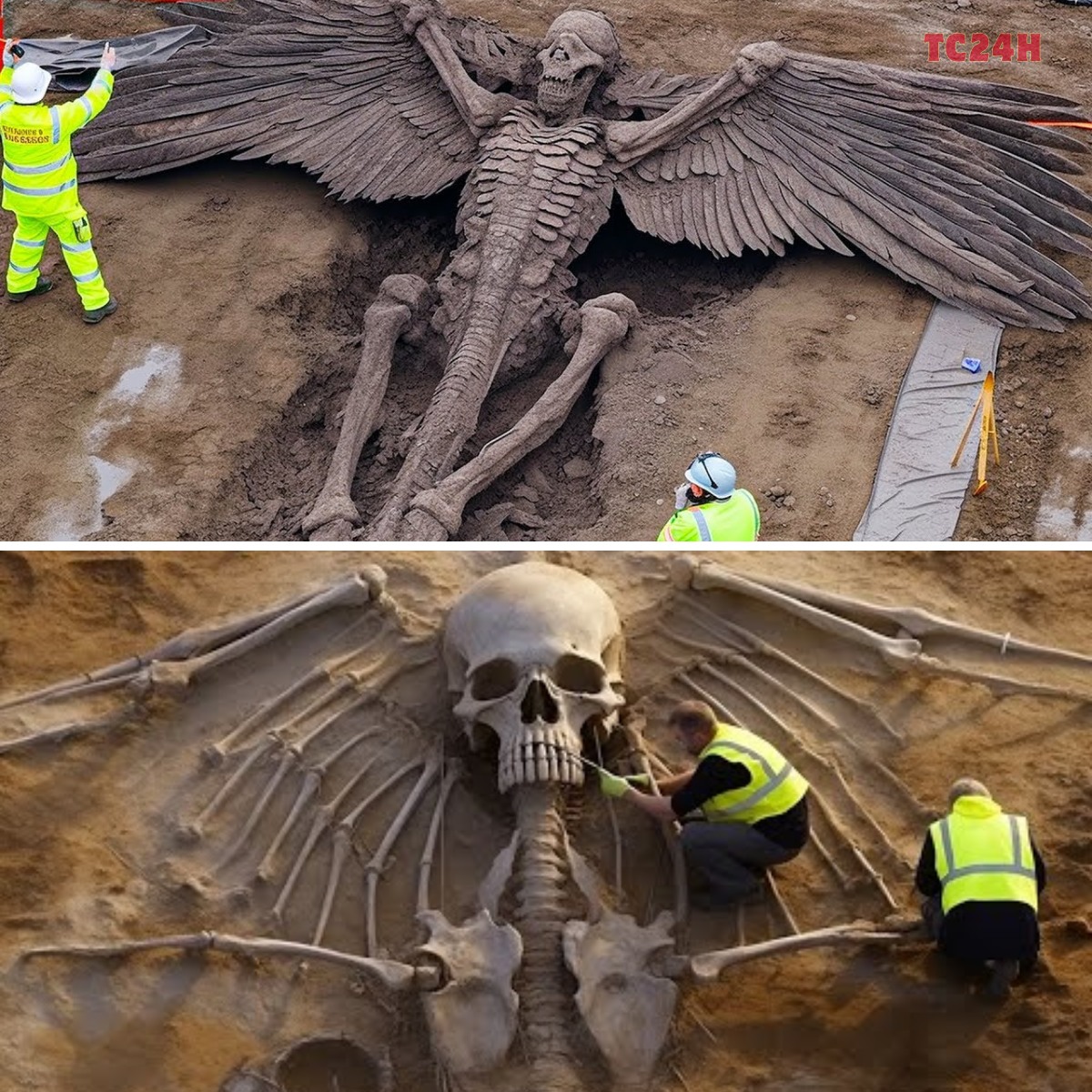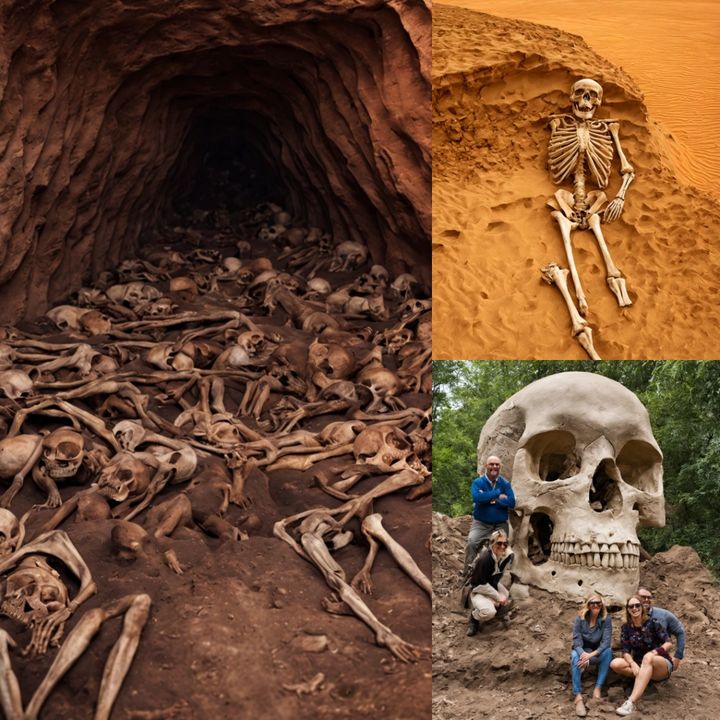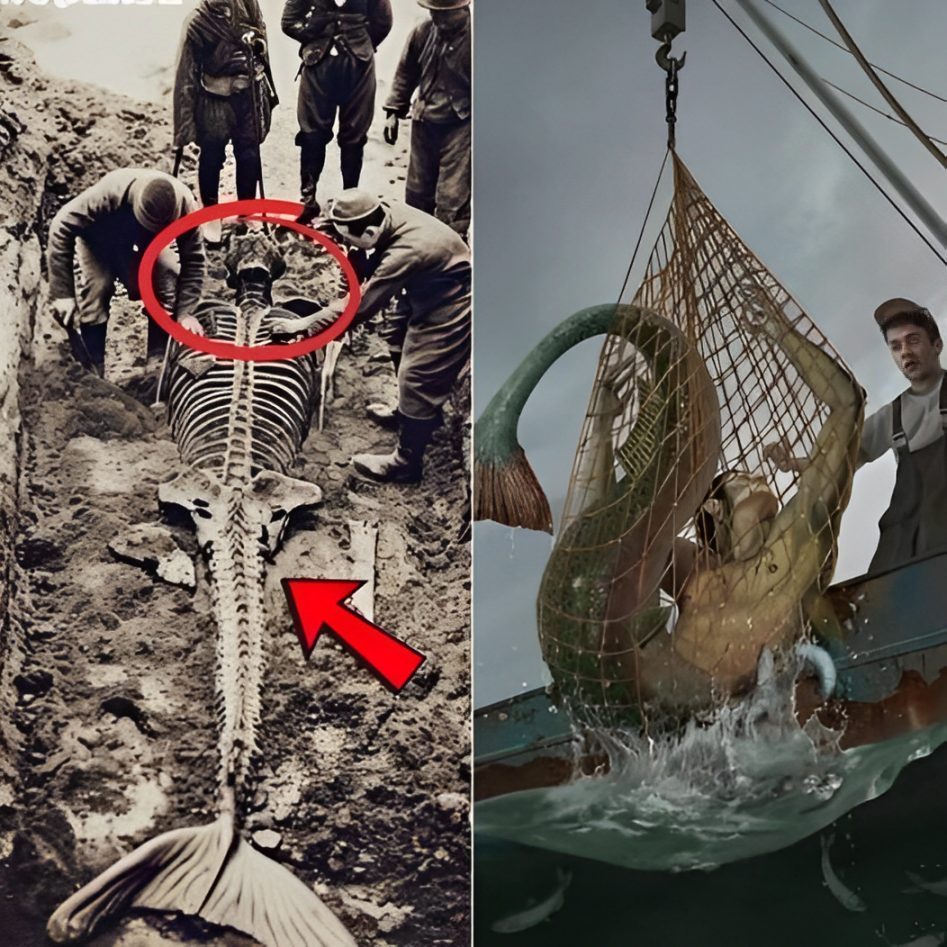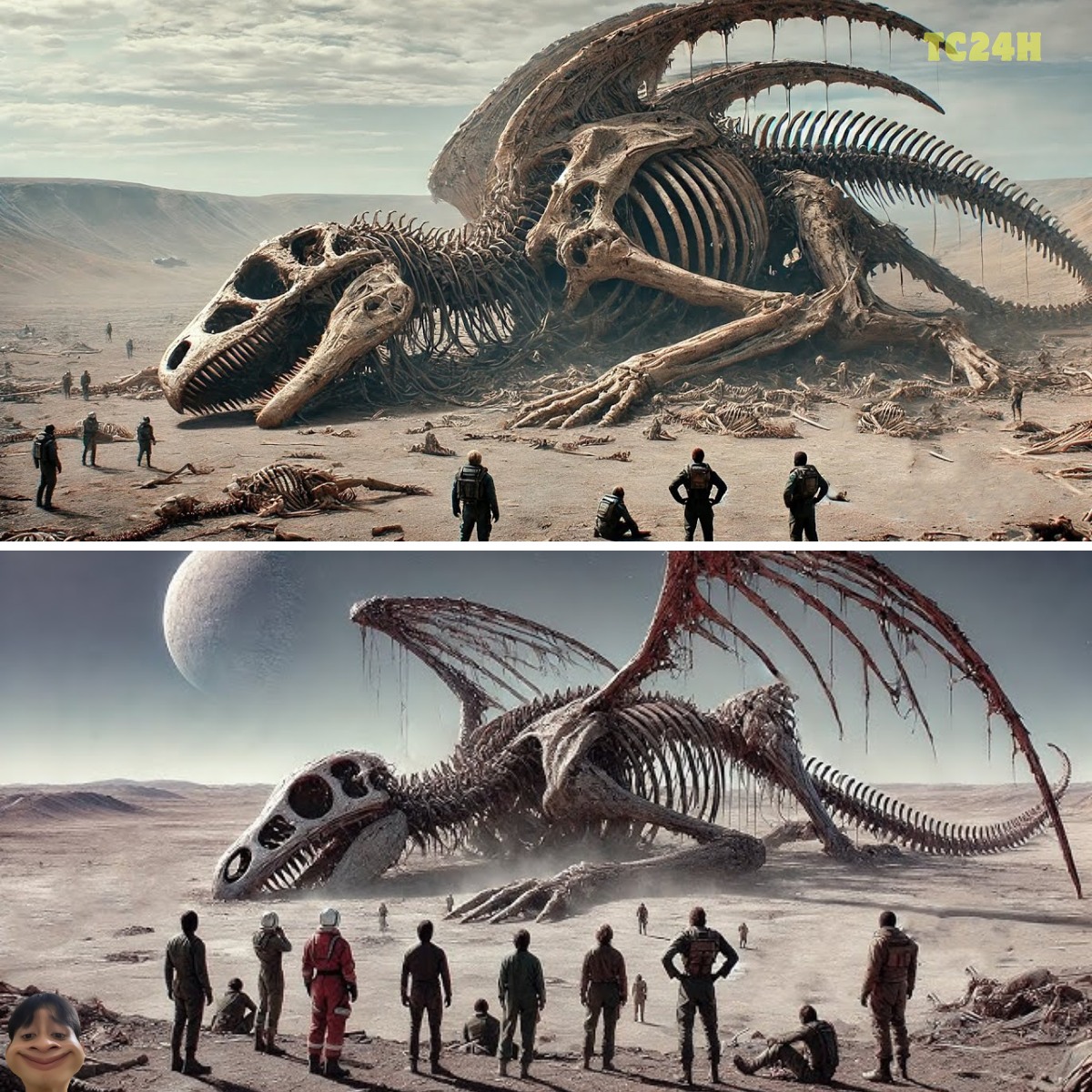The “exquisitely preserved” remains of a 300-million-year-old reptile have been found in the United States, rewriting “the known evolutionary timeline”, the New Mexico Museum of Natural history says.
Key points: The skeleton belongs to a new species scientists dinamed Gordodon kraineri Gordodon is derived from the spanish word gordo, or fat, and the greek word odon, or tooth It was about 1.5 metres long and weighed about 34 kilograms
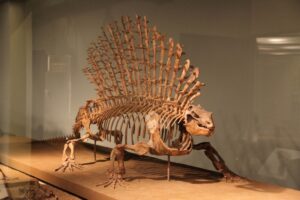
The museum made the announcement this week, saying the unique structure of the skull, jaws and teeth of the reptile indicate it was an herbivore, and such specialised plant-eating was not previously known in reptiles older than about 200 million years.
The bones were part of an “exquisitely preserved but incomplete skeleton”, the museum said in a statement.
“The skeleton is that of a sail-backed eupelycosaur, a group of animals that were very successful during the Permian [Period],” the museum said.
“Eupelycosaurs include the ancestors of mammals, making this new skeleton more closely related to us than to dinosaurs.”
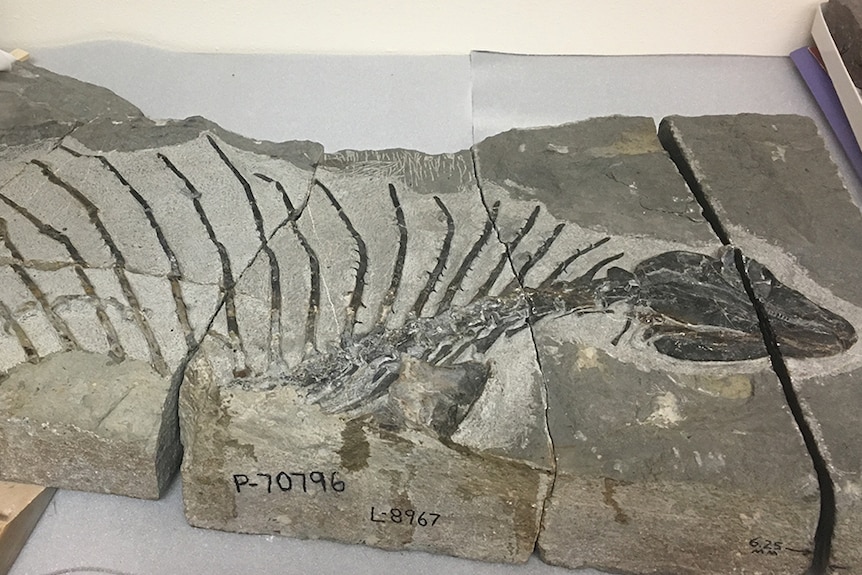
Paleontology curator Spencer Lucas and his team from the museum determined the bones were about 300 million years old, meaning the reptile lived during the early part of the Permian Period, or more than 50 million years before the origin of dinosaurs.
Dr Lucas and research associate Matt Celeskey identified the skeleton as belonging to a new genus and species that they named Gordodon kraineri.

Gordodon is derived from the Spanish word gordo, (fat), and the Greek word odon (tooth), as the species had large pointed teeth at the tips of its jaws.
The species name kraineri honors Karl Krainer, an Austrian geologist who contributed to knowledge about the Permian period in New Mexico.
“Gordodon rewrites the books by pushing back our understanding of the evolution of such specialised herbivory by about 100 million years,” Dr Lucas said.
Gordodon was about 1.5 metres long and weighed an estimated 34 kilograms.
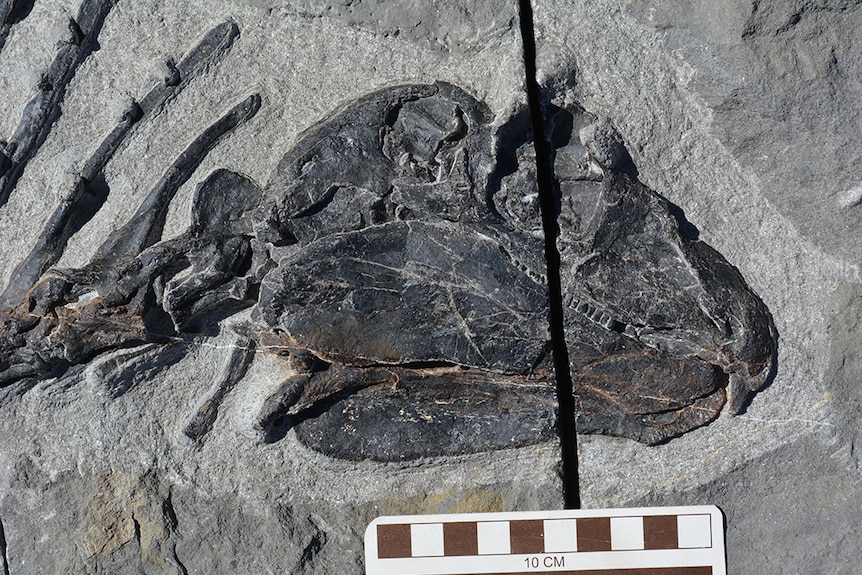
It was believed to have been a selective feeder on high-nutrient plants due to the advanced structure of its skull, jaws and teeth.
Experts at the museum said other early herbivorous reptiles were not selective, chomping on any plants they came across.
They said Gordodon had some of the same specialisations found in modern animals like goats and deer.
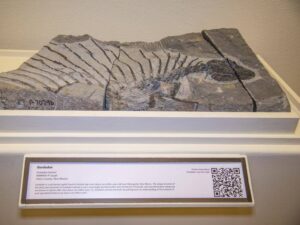
The fossil bones were discovered near Alamogordo in southern New Mexico, by Ethan Schuth while on a University of Oklahoma geology class field trip in 2013.
Field crews spent about a year collecting the bones from the site and more time was spent removing the hard sandstone surrounding the fossils so research could ensue.
Details of the find were published in the November edition of Palaeontologia Electronica.
